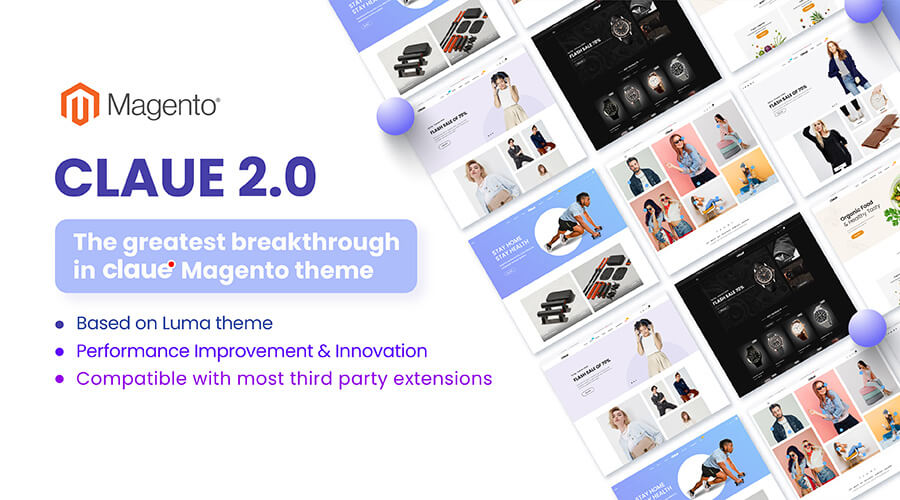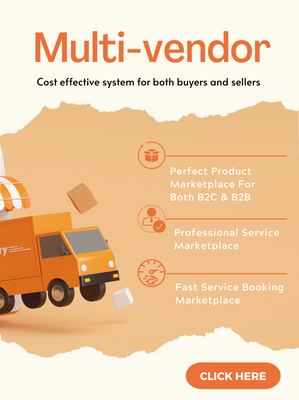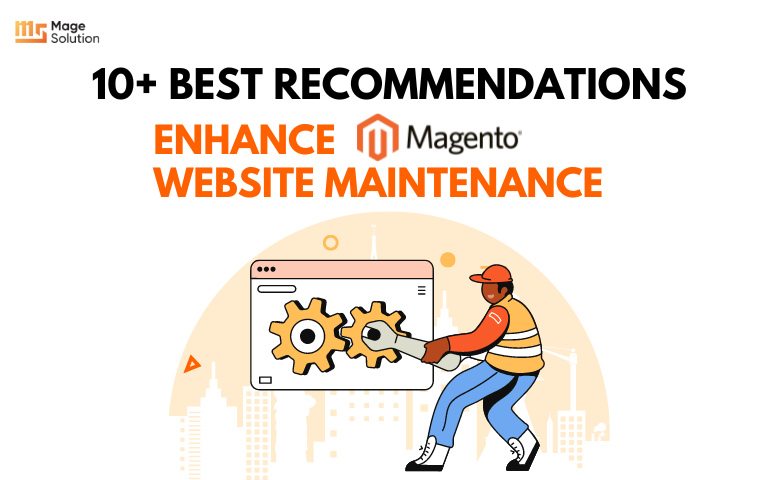Your cart is currently empty!
CMS Website: 5 common problems you have to pay attention
Content management systems are often perceived as a silver bullet that will solve all your content problems. But, as we begin to have a relationship with them we soon discover that in many cases a CMS website is not needed and could actually do more harm than good. This is often because it has failed to live up to their unrealistic expectations. Many organizations purchased their CMS websites hoping to solve a wide range of issues surrounding content production and delivery. In reality, a CMS website is only capable of overcoming a few. In fact, often a content management system will solve one set of problems only to create more. Here, we want to list out the 5 most common problems that a CMS website may encounter.
A quick reminder: We’ve just released the version 2.0 of Claue Multipurpose Magento 2 Theme, with with a bunch of performance improvements and exclusive features. Check this theme out now: Claue Magento Theme 2. 0
Claue – Clean, Minimal Magento 2&1 Theme is an excellent template for a modern and clean eCommerce store with 40+ homepage layouts and tons of options for shop, blog, portfolio, store locator layouts and other useful pages. Claue version 2. 0 has been released with a bunch of performance improvements and exclusive features including:
- Being based on Luma theme.
- Meet all standards of Magento Theme
- Significant performance improvement
- Compatible with most third-party extensions.
- Fully compatible with Magento 2.4.x

So, let’s get to the main topic, shall we?
1. A lack of editorial control
One of the primary reasons organizations purchase a CMS website is to de-centralize control of content and therefore remove the bottlenecks that surround posting content to the web. The consequence of this approach is a lack of central control to ensure the quality and accuracy of copy produced. This can lead to contradictions and varying styles of writing across the site. Although many CMS websites provide the tools for central editorial control, they are not always used and require somebody with the editorial experience.
Unfortunately, this is the problem that technology cannot solve. What is required is a content editor. Somebody who checks what is being produced and ensures it communicates a consistent message in a consistent tone. Ideally, this should be somebody who has experience in writing and editing online copy.
2. Bloated CMS website
Most websites in the past 10 years end up far too bloated. This is a problem that content management systems only serve to exaggerate. By removing the barriers to putting content online, you encourage people to add more. However, more is not always better. Content providers often approach the CMS website with entirely the wrong mentality.
They look at the content they have or can easily produce, and decide to put it online because “somebody will find it useful.” They are driven by what content is available, rather than user’s need. The problem is that the more they put online, the harder it is for users to find the content they want. It is like trying to find a needle in a haystack. The problem is that most organizations have people responsible for adding content to their CMS websites. However, few have somebody charged with removing it. This is an important role and your CMS website editor should have the power and time to do.
3. No clear calls to action
As I have already said, most content providers are focusing on conveying information rather than meeting user needs. However, they are also neglecting the business needs too. With the exception of marketers and salespeople, few content providers are thinking about calls to action. What is it that you want users to do next? How do you wish them to respond? Even when content providers are thinking about calls to action, they are focusing on the big actions such as “contact us.” Until the user is ready to take those major steps they are left to wander around the website.
All in all, it is important to consider the main calls to action for the entire site. Typically they consist of one or two major actions such as buying a product or completing a contact form. However, there is also a need to think about the calls to action of each page. Avoid leaving your user with no obvious next step.
4. No sense of community
Increasingly, content management systems come with some great community tools. They have forums, comments and integrate with everything from Facebook to Twitter. However, great technology does not build great communities. Many organizations implement these community features on their CMS website and are disappointed when they are not used. Even worst, still some organizations launch these features but moderate so heavily that users respond negatively. Eventually, the functionality is removed entirely.
If you want to build a successful community, your CMS website needs to be actively and regularly engaged with users. This involves having people within your organization who are constantly talking to users, asking and answering questions, and getting to know people through open and honest relationship.
5. Single language content
The majority of invitations to tender I see for content management builds, request multi-lingual support. In the end, few of the sites built actually make use of that functionality. In effect, they are paying money for something they will never actually implement. Creating a multi-lingual CMS website is hard. You have to decide what content is going to be translated. You need to find a translator and then you also need to maintain that content over the long term.
There are two main reasons for this. The first is aspirational. Many organizations request multi-lingual support because they have dreams of expanding in the future and unfortunately those dreams do not come true. The second reason is not so admirable. A lot of sites fail to implement their multi-lingual support because they have not fully thought through what that involves.
That may sum up 5 of the most common problems that may occur in a single CMS website. We believe that the success of your CMS website is largely reliant on you being aware of its limitations and being prepared to deal with these restrictions. If you do then a CMS website could be the best investment you ever make.
Besides, if you are looking out for a cost effective Magento package for your eCommerce store, then look nowhere other than Magesolution. We not only offer an affordable Magento Development Package for all size and budget but also ensure that it helps your online business grow and sustain. Contact us for a free consultation!



